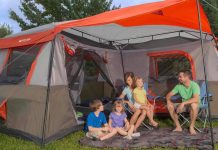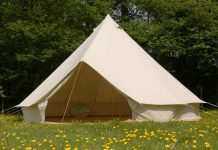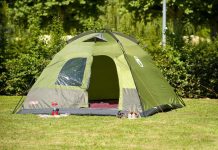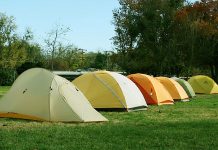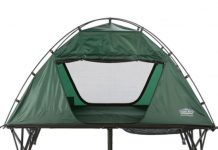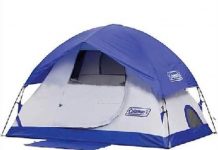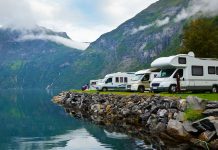Family camping tents are the perfect tents for any kind of family adventure out in the wilderness because it allows you to put your entire family under one roof. No parent likes the idea of putting their kids in a different tent outside in the woods, and that’s why family tents are so popular these days.
Family tents can get pretty outrageous if you take the time to look around at the different options, so you should make sure you pick something that is useful and also practical.
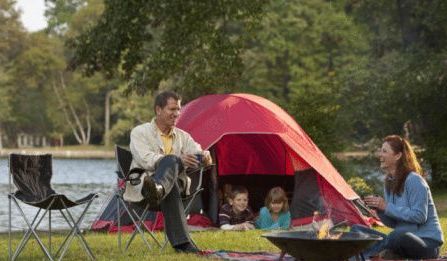 You will actually have a few different rooms in family camping tents, which means there is actually some separation for each person in your family. This means that everyone will have their own privacy at night and you can enjoy each other’s company during the day. While your kids will have their own space at night, you will still be very close to them and be able to tell if anything is wrong rather quickly.
You will actually have a few different rooms in family camping tents, which means there is actually some separation for each person in your family. This means that everyone will have their own privacy at night and you can enjoy each other’s company during the day. While your kids will have their own space at night, you will still be very close to them and be able to tell if anything is wrong rather quickly.
You have to bring some kind of tent when you go camping unless you are thinking about sleeping underneath the stars with your family. Sleeping under the stars is never a bad idea, but sometimes the tent is just the better choice. You never know what the weather is going to do when you go on a camping trip, so it’s usually a good idea to at least make sure you have a backup plan in case a thunderstorm stars brewing up in the sky.
Advantages of family camping tents
The advantages of family camping tents are rather numerous and you will definitely be better off if you decide to get one of these tents for your family. Anyone who thinks camping without tents is the way to go will definitely be in for a rude awakening when it starts raining on one of their camping trips. You could always just drive back home if your plan is to camp underneath the stars, but it would definitely be more convenient if you just had a tent that could be popped up in a few minutes.
Many different people can sleep inside the same tent when you go with the larger, family models, so you don’t have to worry about anyone being left out in the cold when you get one of these tents. The best part about these tents is that you get to choose how much space you need, and some people even turn one of the sections of the tents into a makeshift living room. You can use that middle room to hang out if the weather gets nasty, or you can use it as a place to play games before you hit the sack.
People are happier together
You’ll have much more fun on your camping trip when you use family camping tents because everyone will be together for the entire vacation. You don’t have to worry about someone be left alone in the dark when you use one of these tents because there is room for everyone on the inside.

